MKinHK
Mike Kilburn

and a few more pix from Pui O today
Cheers
Mike
Cheers
Mike


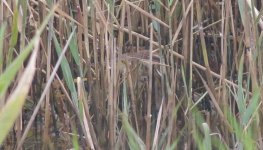
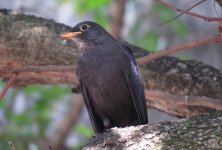
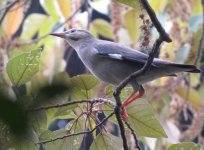
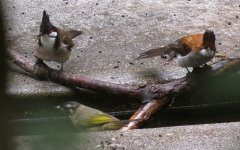
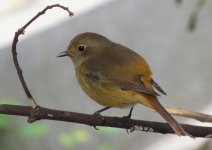












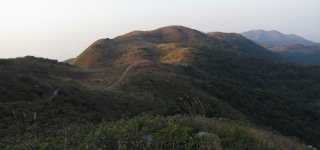
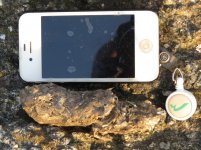
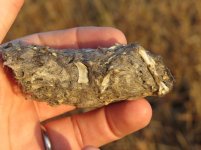
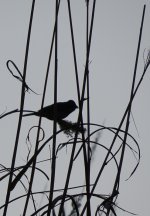
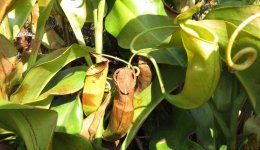
Butterflies at Tai O
One, which was one of the more common species was very large (for a butterfly!), with wings which were mostly black but with white spots on the trailing edge of the hind wing and a bluish tinge on the forewing. I saw them flying past Tai O Promenade, for example.
One by the bus stop at Tai O looked very like a large version of the small tortoiseshell (Aglais urticae) that we have in Europe.
Another by the bus stop on the other visit looked like the orchard swallowtail (Papilio aegeus) in Australia.
A tiny blue species in the grass along the path just NE of the dolphin view point was of a very irridescent blue colour, probably even more irridescent than the ullyses in Australia.
One looked like the common crow (Euploea core) in Australia in wing shape and distribution of black and white colours. That was on the way down from the obelisk towards the mouth of the creek by the abandoned looking temple.
Lastly, there was a species a bit like the plain tiger (Danaus chrysippus) that I have seen in Spain on occasion. Actually, looking at a Cocteau Twins website (work that one out!) and Wikipedia I read that the plain tiger is a common species in Asia, so it might have been that which I was seeing.

OK, I will have a try at these. Of course, some are tricky without seeing them but hopefully will give you some ideas where to look. Your suggestions of Comon Crow and Plain Tiger are possible (although Common Tiger Danaus genutia is far commoner, especially on Lantau)
The first (large, black with blue tinge on forewing) sounds like it is likely to be Blue-spotted Crow Euploea midamus, which is common in HK in autumn.
I'm not familiar with Orchard Swallowtail, but this one could well have been a species of Papilio. Looking at pictures of Orchard Swallowtail, I would guess that Great Mormon Papilio memnon might be a good candidate.
For the others, I'm really not sure what to suggest. The 'tortoiseshell' should be possible I just can't think of anything that fits. The best I can suggest is Peacock Pansy Junonia almana, which has similar black/orange pattern on the leading edge of the forewing, but if so I'm surprised you didn't mention the eye spots!
We have a lot of species of blue, so I'm not sure that's identifiable. But probably the brightest, most iridescent blue is Dark Cerulean Jamides bochus, which is common in autumn (usually shrubland not grassland, but can wander)
Hope that helps!


